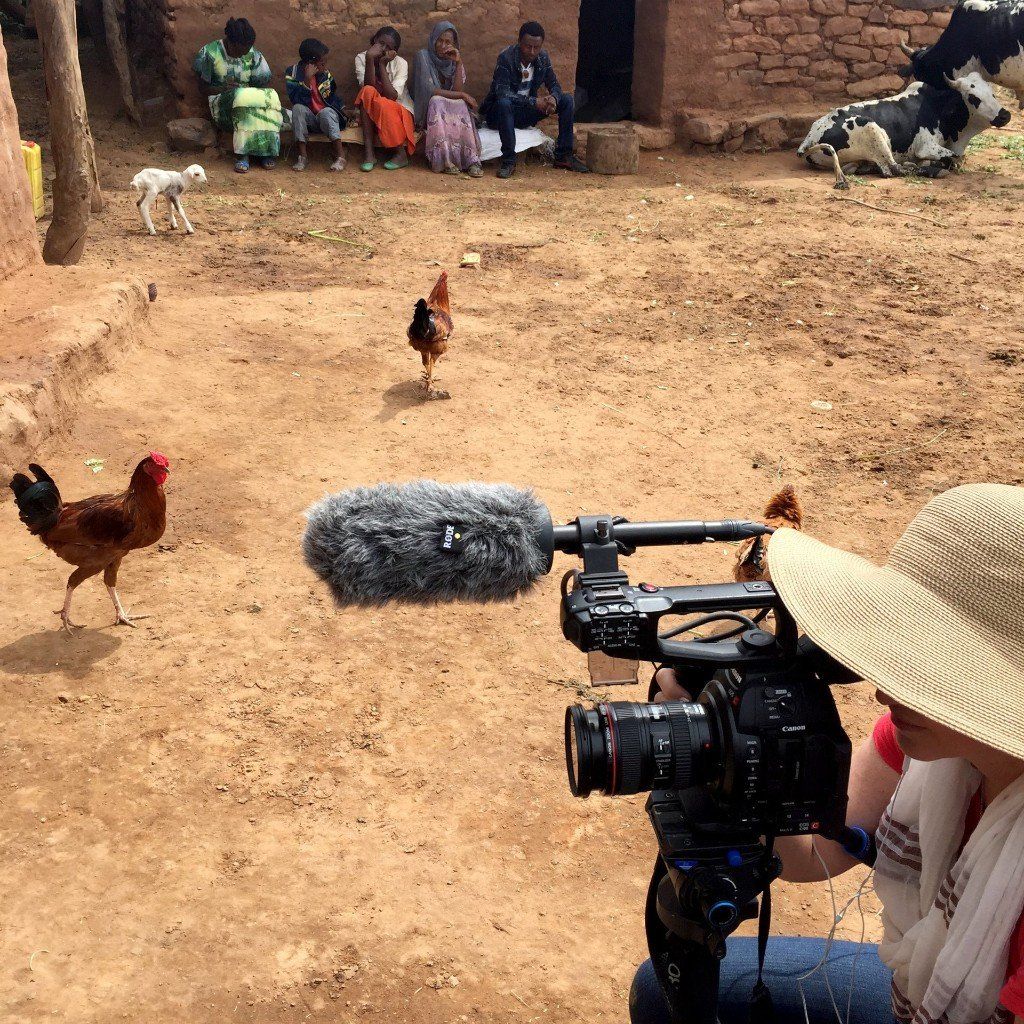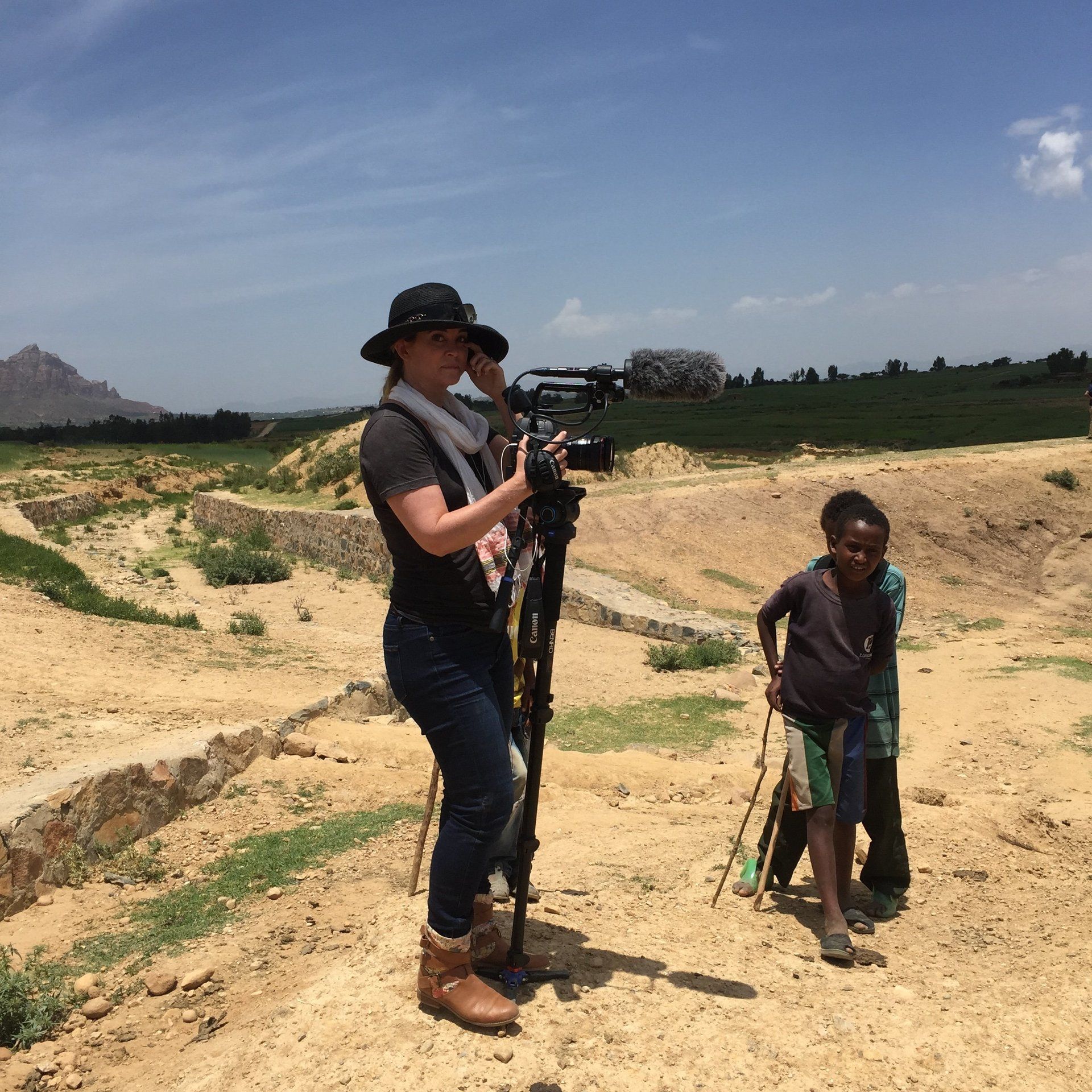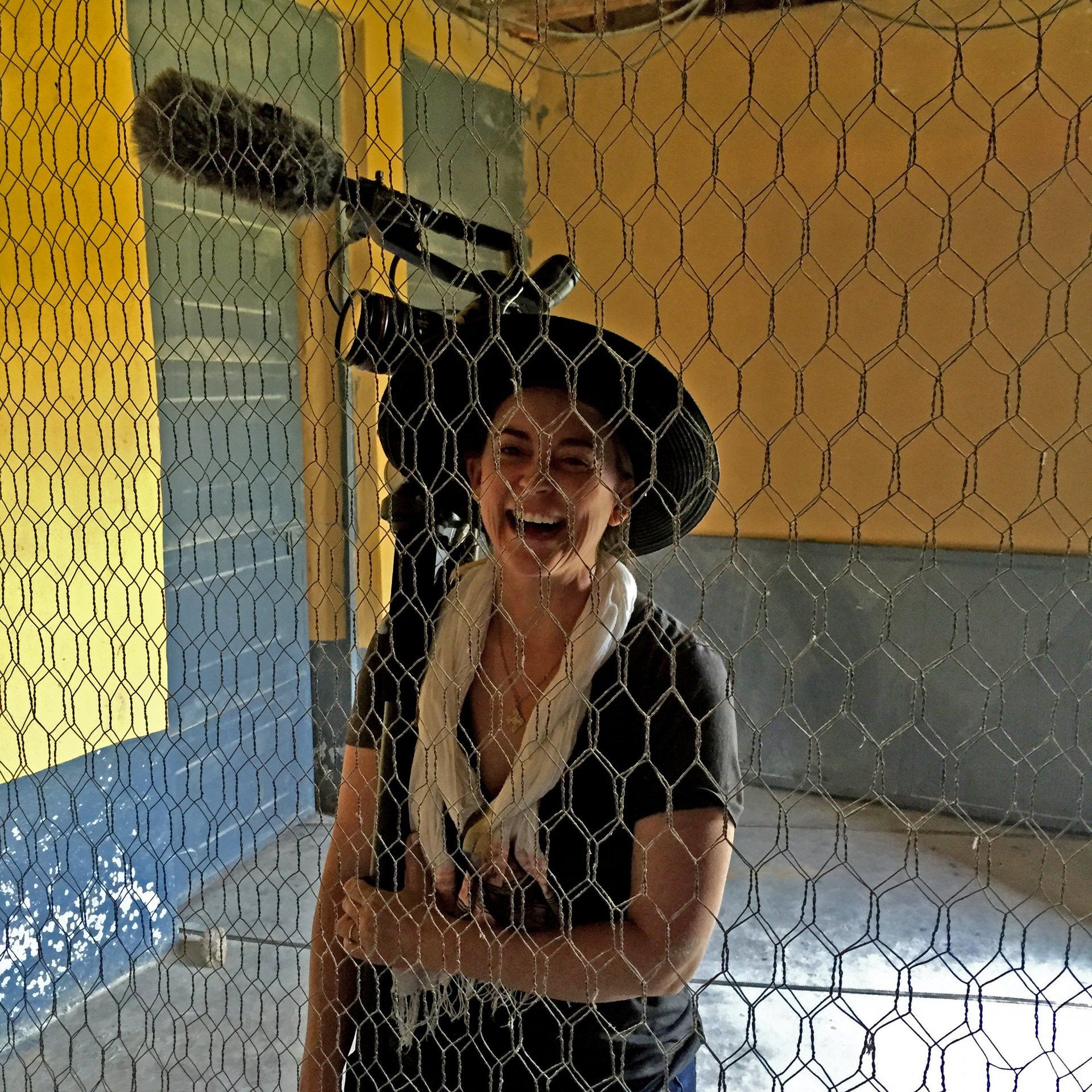Koraro, Ethiopia—Blue Chip Foundation founder Jennifer Gross traveled to Koraro with VII Association photographer Ron Haviv to explore the progress Millennium Villages Project was making within the community, including its initiatives to help residents diversify their income sources, reduce female dropout rates in schools, and promote access to clean water, irrigation and safe roads.
Haviv’s vision for documenting Koraro was to follow the cycle of life from birth through death, and the pair kicked off that journey by witnessing a birth in one of the area’s newly outfitted health clinics.
“It was the first birth I’ve ever witnessed, let alone filmed, and it was awe inspiring,” says Gross. “Beyond the marvel of witnessing new life coming into the world, documenting the birth gave Ron and I the opportunity to see some of the MVP’s effects in action. There has been an enormous investment in the health clinics in the clusters we visited. There were new mothers in each and every one of them, and Ron and I were lucky to have filmed a birth at Megab Health Center on New Year’s Day! They have a strict policy of no maternal deaths during childbirth. The mother we witnessed giving birth did have some complications, and we witnessed great care given by Tsega Hiluf in making sure her condition was stabilized.”
Following along the timeline of human growth, Gross and Haviv focused on education and interviewed teachers in Koraro’s schools who highlighted MVP’s contributions to the community.
“Before the Millennium Village Project starts in this village, there was no good enrollment in this school. After the helping of the project, there was a good enrollment of students,” said teacher Kifle Gebrehiwet. “For example, I can speak in numbers. Before 1997, there was few number of students (about 400). Now… the enrollment we included students is about 980. The ratio of females and males students is nearly the same, so it's a change.”
Teacher Zinab Teklay agrees.
“Though there are many interventions in here in supporting follow-up of the mothers and children, I appreciate highly the scholarship program because there are many girls that now [have] completed the secondary school and are now employed. They changed their lives,” says Teklay.
Village Supervisor Abrha Kebedek says that before MVP came to the area, girls got married so early that they never finished primary school. Because of MVP’s scholarship program, girls in remote villages – especially Koraro – had the chance to attend secondary schools as a package deal with food and lodging. Beyond school, many Koraro residents become farmers – so that’s where Gross and Haviv went next. Haleka Gebrekidan Gimmay is one such farmer who benefits from MVP’s intervention.
“Without the [Millennium Village Project’s] help, I would not be successful, because the village project would not be supporting me,” says Gimmay. “At the beginning I don't have any money to afford even the seedings, or the technologies to plant in that space, so the Millennium Village Project, it builds my capacity by supporting the agricultural inputs grow the necessary with seedlings.”
Gimmay grows vegetables and fruits, including tomatoes, spinach, oranges, teff and maize – and seven other fruits, vegetables and staples.
“I am now changing my life. I do have two houses here in Koraro and one house in another town,” says Gimmay. “I am consuming the vegetables at home which [I] was not before, and I am consuming the fruits at home besides to sell for cash. I do have good livelihood in my family. I am sending my children to school.”
Kebedek says that improvements like those Gimmay has seen come from expanding irrigable land.
“The most important thing in agriculture for the intervention area is expanding the irrigable land. Every household has water points, or an option to use irrigation, so that every community member is producing cash crops besides producing the staple crops for food,” says Kebedek. “The best accomplishment of the agricultural intervention here is increasing the production and productivity with diversifying the crop types by having the irrigation facilities within the community. The other thing, besides the agriculture or the crop production, [is] diversifying into other interventions like the livestock; having the dairy cows, having the beekeeping, or the bees with modern hives, and even the cytoculture activities (are) very important to have an alternative business within a household.”
Gross and Haviv were able to document a funeral with thousands of attendees, as well.
“The entire village comes out for a funeral, and there must have been 5,000 people from one section of Koraro just walking through the street, so we walked with them,” says Gross. “Three times, they placed the body down and chanted around it before bringing it to the final resting place. Everybody – all 5,000 of them – were wailing for this one person. Everybody was crying. It’s something that’s definitely not seen in the U.S. The unity exemplified on this occasion is representative of the driving force that pulls the community through the adversity.”
It wasn’t just about documenting MVP’s progress, though. Haviv, whose work includes six documentary films such as National Geographic Explorer’s “Freelance in a World of Risk,” was able to capture important moments in the everyday lives of Koraro’s citizens.
“It happened to be the Ethiopian New Year while we were there. Our fixer woke us up in the middle of the night so that we could film celebrations going on at Teklehaimanot Church in Hawzien. The men in the community chant, sing, perform ritual, and dance all night and into the morning. Being present in this intimate setting was a powerful moment and I felt immense gratitude for the work that Millennium Villages Project had done in Koraro. I was honored to celebrate with the community, especially because women are not allowed in this particular ritual in the church” says Gross. “Ron captured that evening brilliantly. He has a sensuality to his work that is so captivating. He’s able to bring such depth to his work with his composition and dance with light and contrast. Working with him in Ethiopia was one of those experiences I will always hold in my heart.”



